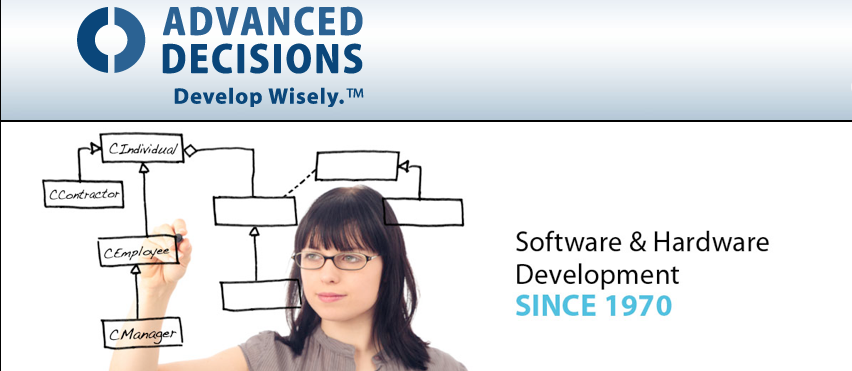Something I have started to notice is the growing use of tablets to serve as the primary user interface for real-time embedded systems. This is in direct opposition to the long term tendency for embedded systems to sport integrated and increasingly sophisticated user interfaces.
At first glance this does not appear to be such a good idea due to the economics. The unit cost of a tablet is quite expensive. Only certain embedded systems could even consider the use of a tablet as the primary user interface due to the cost factor. However its use can make sense, in certain products, especially when considering the total cost of creating a custom graphical user interface.
Integrated graphical user interfaces require custom electronics and software. Much of the development is geared to integrate the user input and display devices with the rest of the system software. A great deal of software is often required to simply display data to a user or receive input from the user. This software device layer often takes a significant chunk of the development time and resources. And the application program that the user interacts with must still be written.
In the past year, several companies I have met with are considering the use of tablets or even smart phones for their user interface needs. They expect to reduce the complexity and the cost of developing the new product by essentially eliminating custom development of a graphical user interface. Leveraging an off-the-shelf solution enables the companies to get their product to the market sooner.
So I am curious, are you also seeing this as an emerging trend?

No comments:
Post a Comment